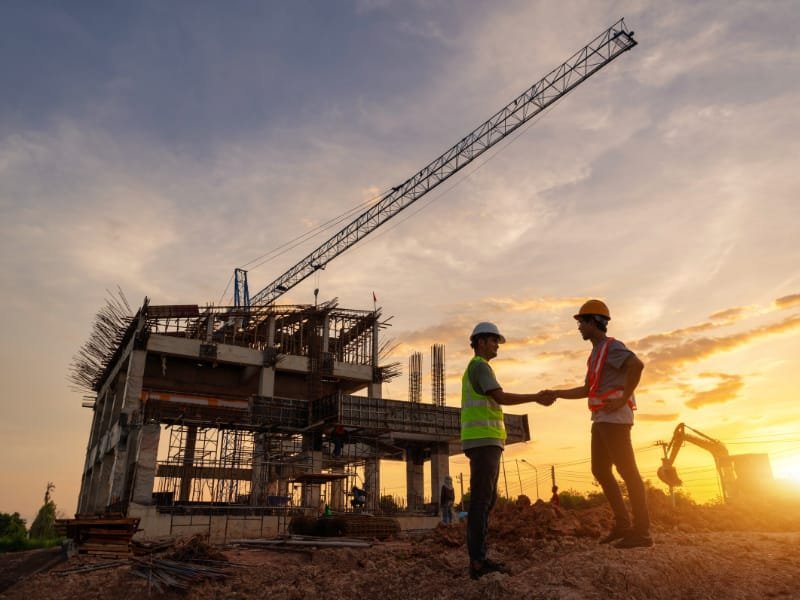Technology integration in architecture changes how architects organize, create, and carry out their work. Technological developments have entirely changed the industry, resulting in more inventive designs, sustainable buildings, and efficient procedures. This blog examines how diverse technologies transform architectural engineering and design and the numerous advantages they offer the building sector.
The Function of Technology in Architecture
Building Information Modeling (BIM)
Building Information Modeling, or BIM, is a computerized portrayal of a building’s structural and functional features. It serves as a transmitted knowledge base for facts about a building, delivering a concrete basis for options created at every step of the building’s life. BIM software enables stakeholder communication, allowing smooth cooperation between designers, architects, contractors, and customers.
As BIM improves efficiency and precision in design and construction, project durations are compressed, mistakes are reduced, and labor charges are reduced. Its ability to simulate and evaluate different design possibilities provides better outcomes during the design procedure, leading to higher-quality structures.
Virtual Reality (VR) and Augmented Reality (AR)
Virtual Reality (VR) and Augmented Reality (AR) are more than devices that let individuals enter the environment of their famous video game. While AR superimposes digital data in the real world, virtual reality simulators submerge users in a wholly digital world. Both technologies have particular uses in architectural engineering and design.
Thanks to VR and AR, clients and designers may enjoy immersive design experiences. Using VR, clients can virtually explore a structure before it is constructed, feeling as though they are in the room. Conversely, AR enables designers to examine changes in real-time by superimposing design elements onto actual spaces to understand how they will seem and work.
Architects and general contractors can also benefit from training with these technologies. VR simulations offer a secure and regulated setting for honing skills, practicing complex building tasks, and lowering on-site mistakes. AR can increase accuracy and efficiency by giving workers access to real-time information and direction.
3D Printing
By layering on material, 3D printing transforms computer models into three-dimensional objects. Rendering companies can use 3D printing to develop their plans by producing accurate models and prototypes of other structures, such as commercial buildings. With great accuracy and speed, 3D printing in construction can create full-scale building components, including walls and structural elements. With these abilities, more customization and detailed design are possible, drastically lowering building time and expense.
Fast prototyping is made possible by the advantages of 3D printing, allowing developers to test and refine ideas faster. More sustainable building techniques are made possible by reducing material waste and using recycled materials.
Smart Building Systems
Smart building systems integrate cutting-edge technologies to increase occupant comfort and optimize building performance. Often implemented by arendering company, these systems combine several elements, including data analytics platforms, automated controls, and sensors, to effectively manage a building’s operations. One significant benefit of smart building systems is energy efficiency.
Smart buildings drastically lower energy use by constantly monitoring and adjusting lighting, heating, cooling, and other techniques based on real-time data. This lessens the environmental effect while simultaneously reducing operating expenses. In addition, innovative technology and other artificial smart solutions can improve security, accessibility, and general building management.
Drones In Architecture
Drones are beneficial for topographic surveys and site analysis. They can swiftly and precisely collect comprehensive aerial photos and data, giving architects important information about the site’s characteristics and supporting the creation of well-informed building designs. Traditional surveying methods take longer and cost more money than this capacity.
During building, drones are essential for keeping an eye on things and guaranteeing quality control. They can record live photos and videos of the building site, which makes it easier for project managers to keep tabs on the activity, spot possible problems, and act quickly.
Digital Sketchbooks
Architect sketchbooks used to be bulky, coated in graphite, and could easily occupy a lot of shelf space in an office. Since sketchbooks are now digital, storing, recovering, and showing any drawing is simple without worrying about a single graphite spot on anything. This can facilitate an architect’s sharing of an idea with a colleague and make it much easier to show clients a sketch.
Final Takeaway
Smart buildings transformed the architectural engineering and design sectors by offering a cozy, helpful, and environmentally friendly environment. Modern technology and systems are incorporated into the architecture and building structures to provide a sustainable, safe, and secure automated environment. However, they must also focus on the causes, including pricey materials, data security problems, and other difficulties. Companies now demand more imaginative, helpful, and environmentally friendly constructions from architects, designers, and construction firms.




